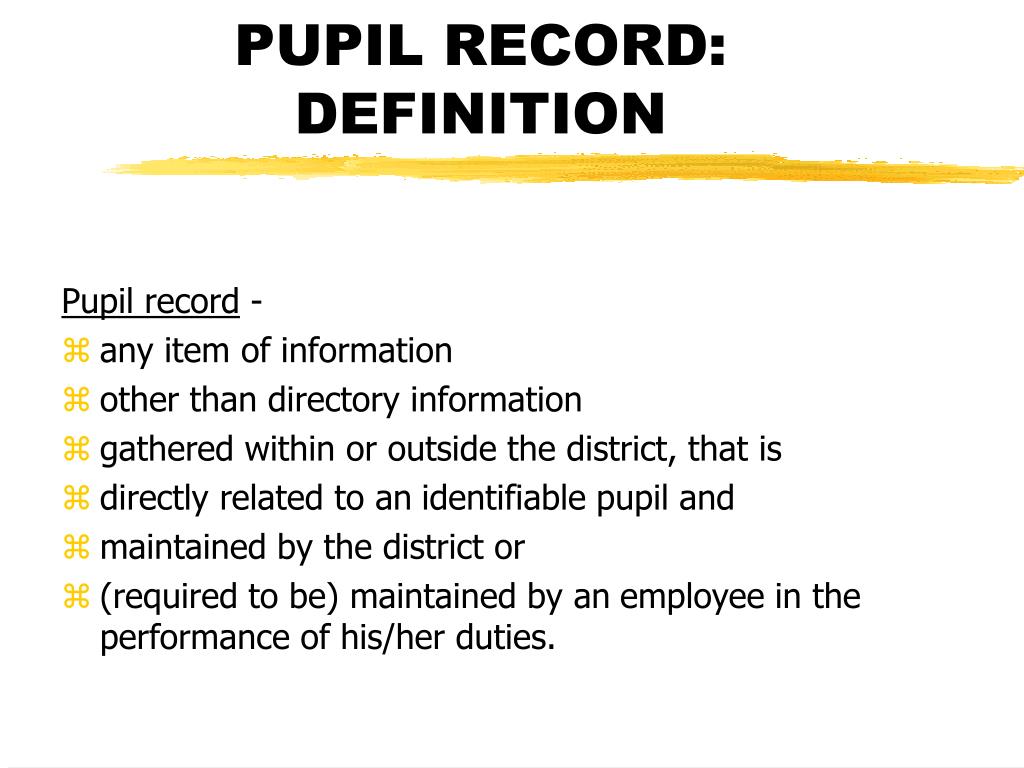

For example, at the peak age of 15, the dark-adapted pupil can vary from 4 mm to 9 mm with different individuals. However, in any human age group there is considerable variation in maximal pupil size. In the dark it will be the same at first, but will approach the maximum distance for a wide pupil 3 to 8 mm. When narrow, the diameter is 2 to 4 millimeters.

The pupil gets wider in the dark and narrower in light. This causes the effect in one eye to carry over to the other. The sensory pathway (rod or cone, bipolar, ganglion) is linked with its counterpart in the other eye by a partial crossover of each eye's fibers. These muscles are sometimes referred to as intrinsic eye muscles. The dilator pupillae, innervated by sympathetic nerves from the superior cervical ganglion, cause the pupil to dilate when they contract. When the sphincter pupillae contract, the iris decreases or constricts the size of the pupil. The iris contains two groups of smooth muscles a circular group called the sphincter pupillae, and a radial group called the dilator pupillae. This is known as the pupillary light reflex. Light enters the eye through the pupil, and the iris regulates the amount of light by controlling the size of the pupil. The iris is a contractile structure, consisting mainly of smooth muscle, surrounding the pupil. It appears black because light rays entering the pupil are either absorbed by the tissues inside the eye directly, or absorbed after diffuse reflections within the eye that mostly miss exiting the narrow pupil. The pupil is a hole located in the center of the iris of the eye that allows light to strike the retina. On the inner edge lies a prominent structure, the collarette, marking the junction of the embryonic pupillary membrane covering the embryonic pupil.

The image of the pupil as seen from outside the eye is the entrance pupil, which does not exactly correspond to the location and size of the physical pupil because it is magnified by the cornea. In optical terms, the anatomical pupil is the eye's aperture and the iris is the aperture stop. In humans, the pupil is round, but its shape varies between species some cats, reptiles, and foxes have vertical slit pupils, goats have horizontally oriented pupils, and some catfish have annular types. The term "pupil" was coined by Gerard of Cremona. The pupil is a black hole located in the center of the iris of the eye that allows light to strike the retina.


 0 kommentar(er)
0 kommentar(er)
